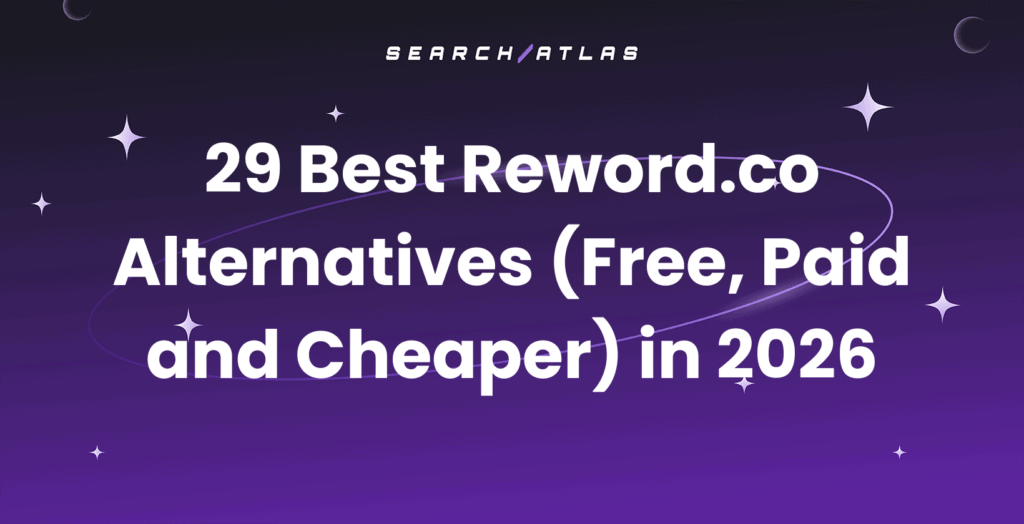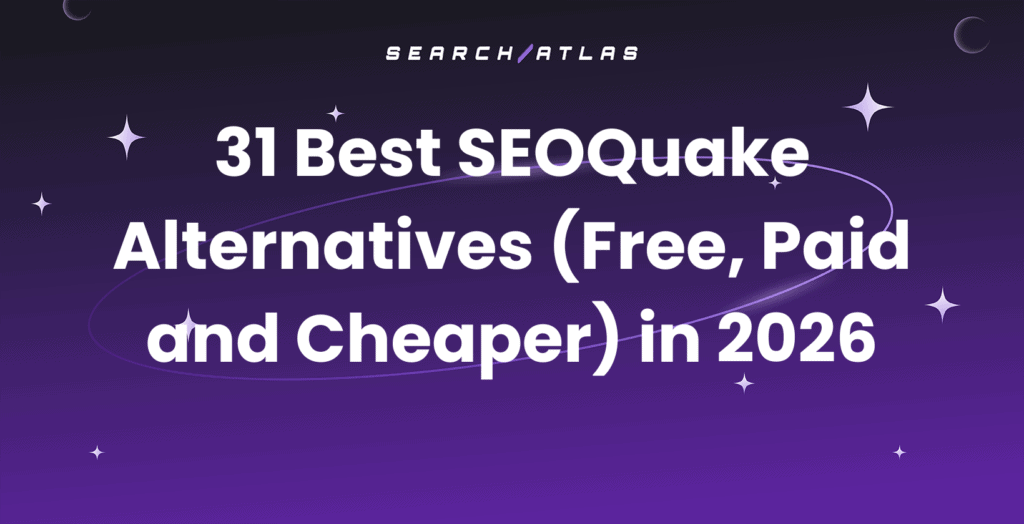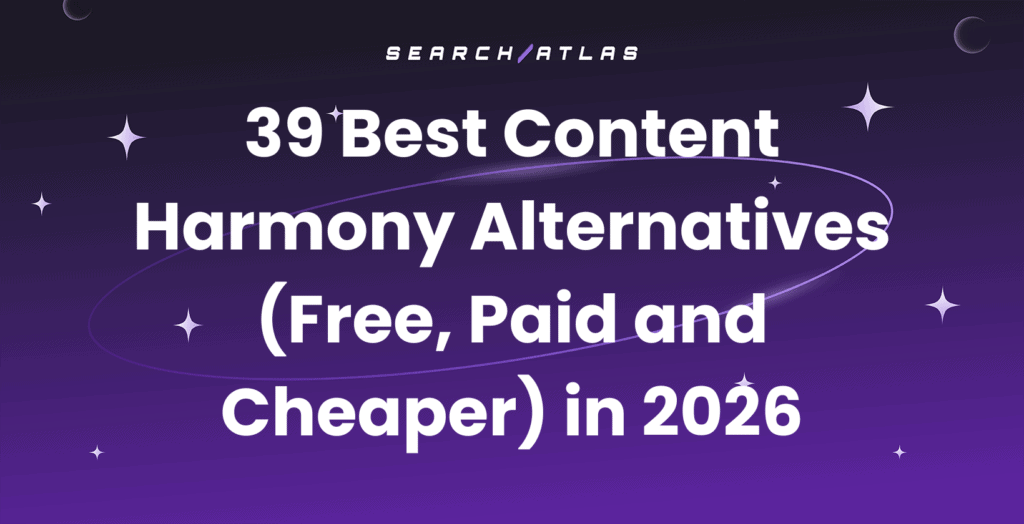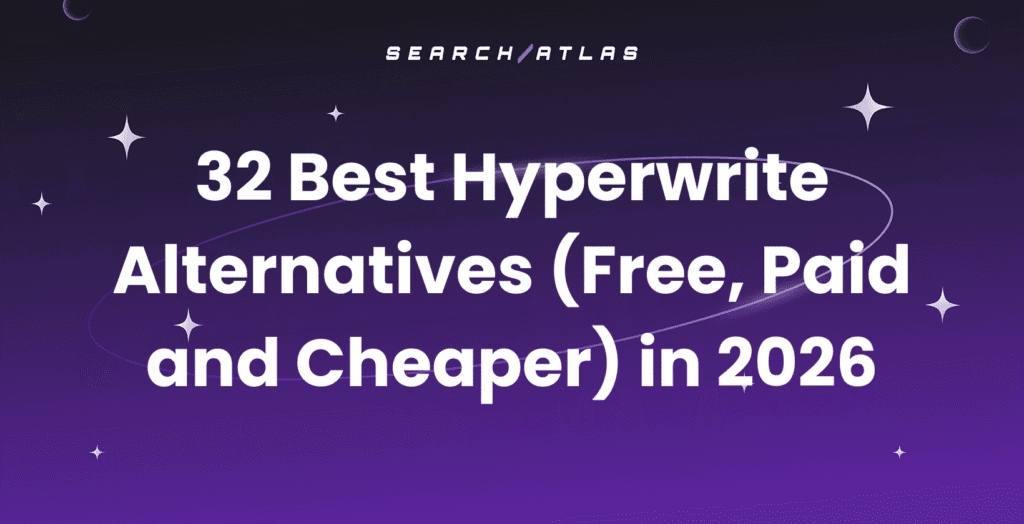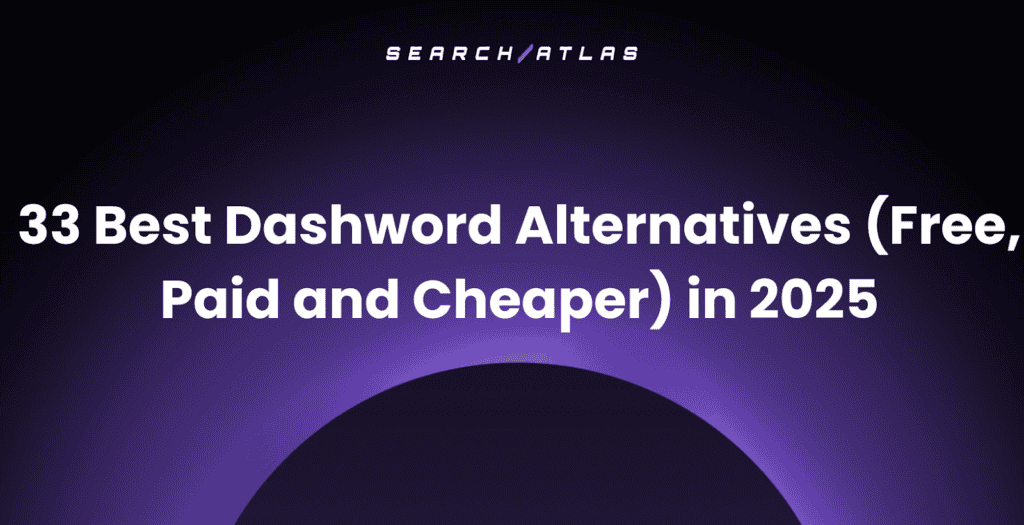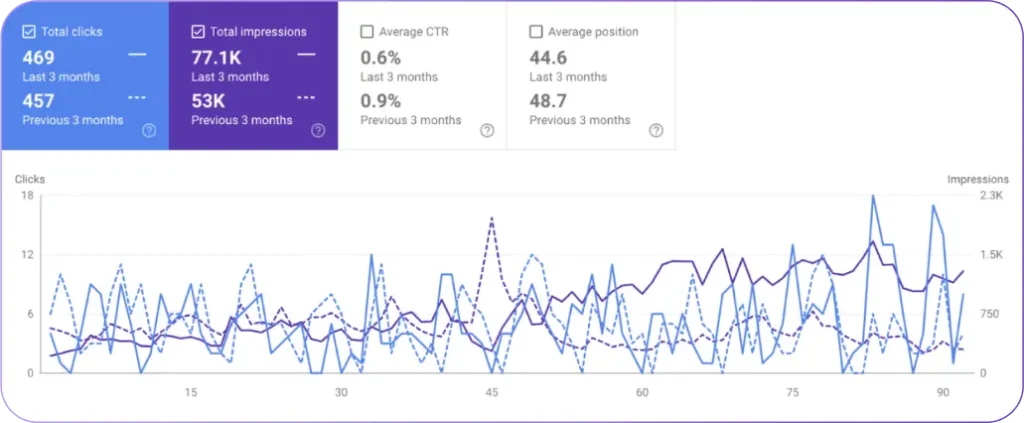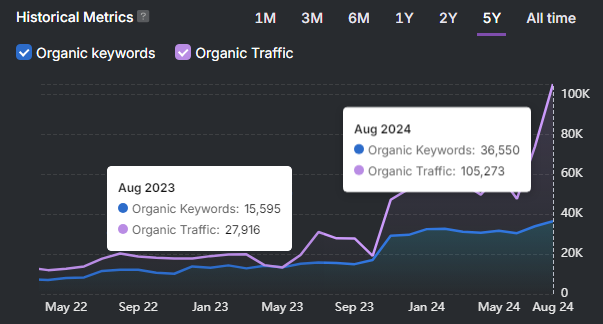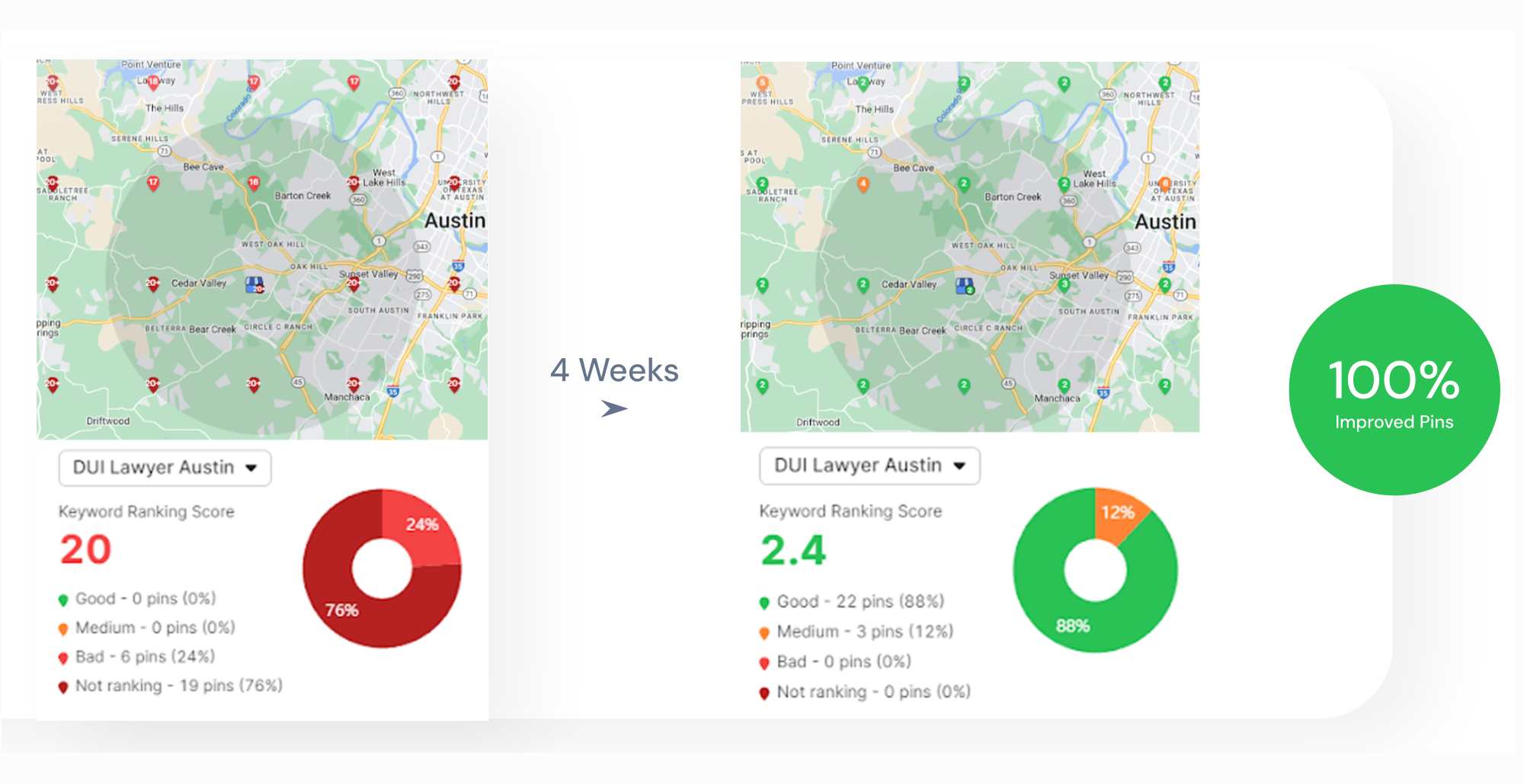Digital Public Relations (PR) drives media visibility and brand credibility through outreach, relationships, and content distribution. It connects brands with journalists, influencers, and top publications, building authority and earning backlinks. Without Digital PR, brands stay invisible, lose relevance, and struggle to compete with industry leaders.
Effective Digital PR begins with research by targeting the right publications, understanding editorial calendars, and aligning stories with current trends. Teams craft compelling press materials, initiate outreach, and track engagement across digital channels. Personalized journalist pitches, timely responses, and community engagement increase success rates. Monitoring brand mentions and sentiment helps refine outreach and respond to opportunities in real time.
Digital PR plays a critical role in thought leadership, crisis response, and organic reputation building. The process ensures brands earn attention, gain trust, and secure ongoing editorial coverage that boosts long-term search visibility and authority within competitive markets.
What Is Digital PR?
Digital PR merges public relations with digital marketing to increase online visibility, authority, and credibility. It earns media coverage, backlinks, and brand mentions through digital publications, blogs, podcasts, and social platforms. Unlike traditional PR, Digital PR targets online growth with SEO, content strategies, and data-driven outreach.
The Digital PR approach drives referral traffic and improves search performance. Link building remains essential. High-authority backlinks increase domain strength, improve rankings, and generate lasting traffic. Digital PR tactics include creating newsworthy angles, pitching to journalists, partnering with influencers, and monitoring brand reputation across platforms.

What Are the 12 Best Digital PR Strategies?
Digital PR success relies on consistently applying the right tactics in the right places. There are 12 main digital PR strategies. The 12 main digital PR strategies are listed below.
1. Partner with Influencers and Bloggers
Digital PR now extends beyond traditional media. Partnering with influencers, especially those with niche authority, allows brands to reach targeted audiences through trusted, authentic voices. These collaborations increase awareness, build credibility, and generate backlinks when influencers publish long-form content on platforms like blogs and YouTube.
The main advantage of influencer collaboration is third-party validation. Audiences trust recommendations from people they follow. Blog articles and YouTube reviews often include dofollow backlinks, which support SEO while reinforcing brand authority. Influencer content delivers both media exposure and measurable search value.
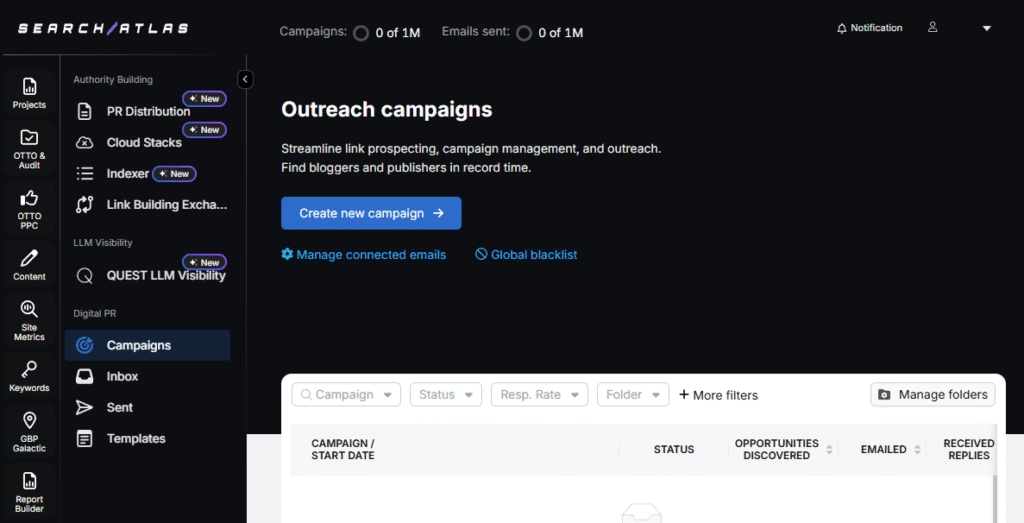
Use the Search Atlas Digital PR tool to find bloggers and influencers who match your industry and goals. The platform allows campaign setup, contact tracking, and personalized outreach—all in one place. It enables users to manage influencer relationships and scale efforts without losing relevance or quality.
Focus on partnerships that produce detailed, long-form content. Blog posts, YouTube reviews, and tutorials give influencers space to explain product benefits and provide evergreen value for SEO. Avoid prioritizing follower numbers alone. Target influencers who align with your brand voice and audience. These collaborations support both digital PR and search strategy, turning influence into lasting brand equity and measurable performance.
2. Distribute Newsworthy Press Releases
Press releases deliver brand news to media outlets, stakeholders, and the public through clear, structured announcements. Topics include product updates, company milestones, research findings, partnerships, and executive appointments. Effective press releases secure media coverage, build backlinks, and strengthen brand authority through clarity, timeliness, and relevance. Journalists seek well-written releases with quotes, insights, and supporting links. These assets work as both news content and linkable resources.
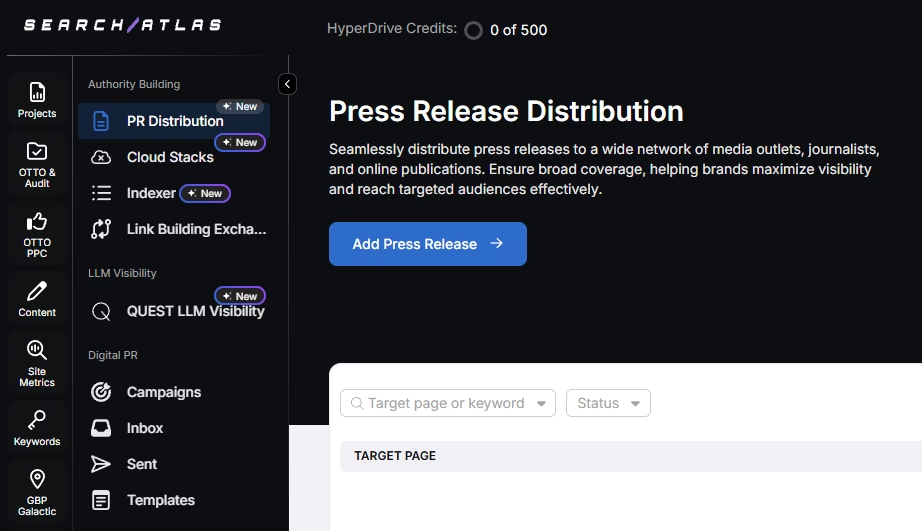
Use Search Atlas Press Release Distribution tool to automate the press release distribution and syndication across trusted media networks. This builds high-authority backlinks, boosts branded search visibility, and increases referral traffic. Every press release becomes a strategic SEO asset that enhances digital presence and earns organic traction.
3. Building High-Quality Backlinks
High-quality backlinks remain one of the strongest outcomes of digital PR. These links act as endorsements from trusted domains and signal relevance and authority to search engines. Earning backlinks from respected websites increases domain authority, improves organic rankings, and drives steady referral traffic.
To build strong backlinks, focus on content that delivers value and outreach that targets relevance. Avoid link farms, directories, or automated schemes. Instead, create assets people want to reference—reports, guides, infographics, or data studies rooted in industry insights and trends.
Use the Search Atlas Link Gap Analysis Tool to study competitor backlink profiles. Identify which content formats and topics earn the most links in your space. Use these insights to create content tailored for link acquisition. Build campaigns around that content and pitch to domains not linking to you. Use the Search Atlas PR Outreach Tool to personalize outreach and manage conversations with editors and site owners.
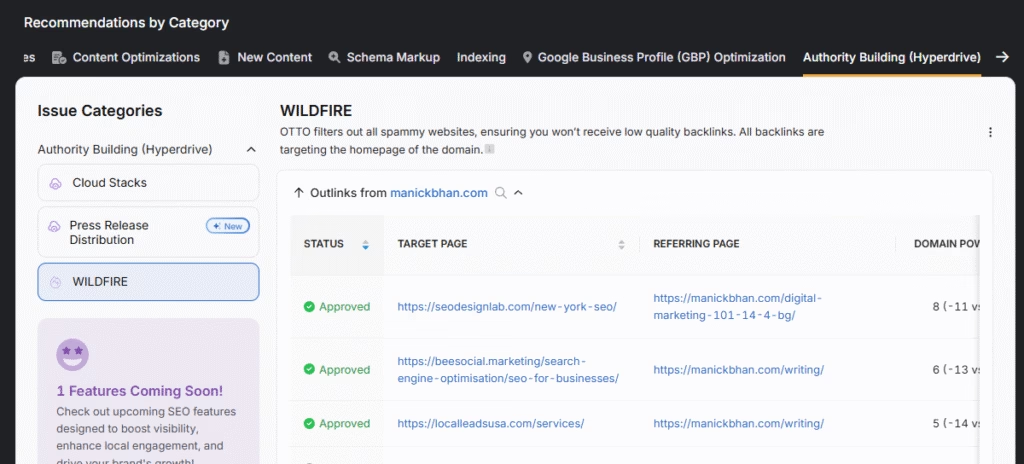
Offer value in every pitch—include original data, expert commentary, or updated visuals. Strengthen your efforts by using OTTO’s WILDFIRE system. This 2:1 peer-based exchange provides one inbound link for every two outbound links you offer. All matches pass domain quality checks and topical alignment. You approve each exchange, ensuring every link aligns with your authority-building goals.
4. Conduct Unlinked Brand Mention Outreach
Unlinked brand mentions remain one of the most underused assets in digital PR. These occur when websites name a brand but fail to include a clickable link. Converting these mentions into backlinks delivers SEO value without new content or full-scale campaigns. The reference already exists, which increases the likelihood of a positive response.
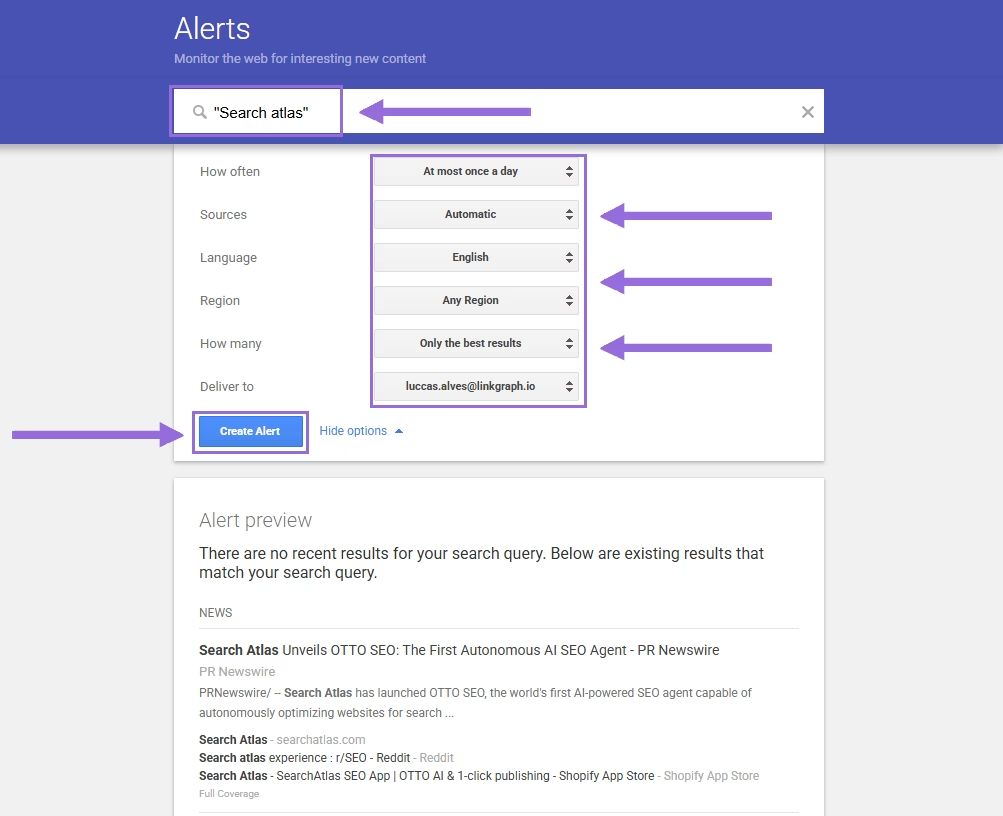
Maximize the impact of these mentions with targeted outreach. Use Google Alerts to track articles, blog posts, and forum discussions that mention your brand or product. Filter results by domain relevance or industry alignment to prioritize high-value opportunities. Focus on sources that align with your audience and authority goals.
Write clear outreach emails. Request the addition of a link to the most relevant page. Include anchor text suggestions and the exact URL to make the process fast for editors. Keep the tone professional and direct. Use Search Atlas PR Outreach to send emails, organize replies, and monitor link placement.
A brief message with the correct URL unlocks a high-authority backlink. For example, if a blog includes your software in a product roundup but leaves out a link, a quick outreach message turns that missed opportunity into measurable SEO gain.
5. Use Directories and Curated Lists
Getting featured in niche directories and curated “best of” lists drives long-term visibility, referral traffic, and high-authority backlinks. These roundup articles often rank on search engines for industry-specific keywords and attract users who already seek recommendations or solutions. Inclusion in these lists places your brand among recognized competitors and builds trust through third-party validation.
To secure placement, find curated lists that match your niche. Use Google search operators like site:medium.com “best [your industry] tools” or intitle:“top [industry] websites” to locate high-relevance articles. Build a list of targets that reflect your product or service.
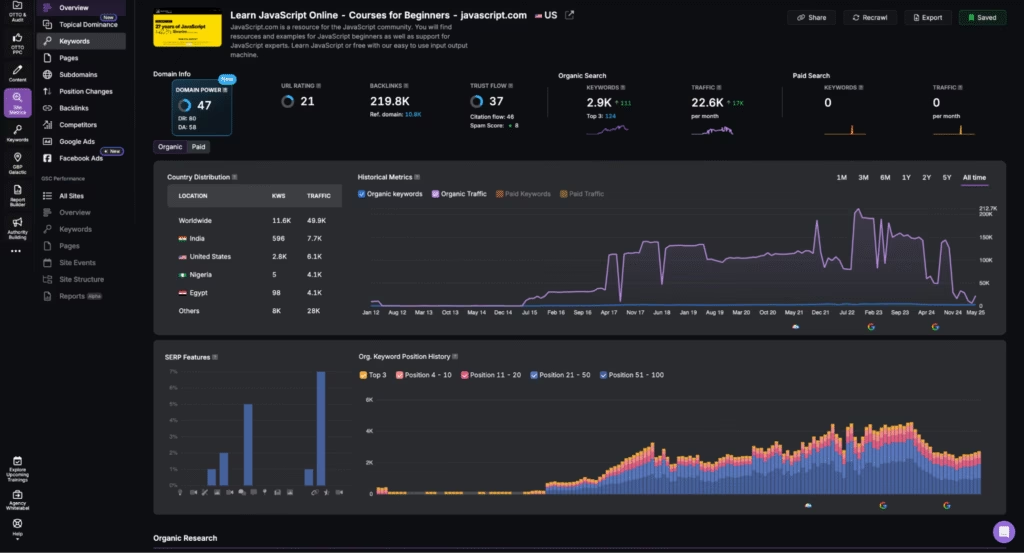
Use the Search Atlas Site Explorer to evaluate the SEO strength of each page. Focus on high-ranking, high-DA pages that already hold search visibility. Reach out with a direct, compelling pitch. Include a short value proposition, a direct link to your site, and a reason the editor should include your product.
Target pages that rank for relevant terms and show recent updates. A “Top Remote Work Tools” article on a high-authority blog becomes the ideal placement for a company offering a productivity app. This tactic earns an authoritative backlink and puts your brand in front of an engaged, qualified audience.
6. Create Value-Driven Thought Leadership Content
Effective digital PR begins with content that positions your brand as a credible, authoritative voice. Thought leadership assets—original research, expert commentary, trend analysis—drive media interest and generate high-quality backlinks. Journalists cite these resources because they offer insight, solve problems, and add value to industry conversations.
This approach supports outreach, builds SEO value, and strengthens long-term brand credibility. It turns your website into a source of truth for publishers and reinforces authority across channels.
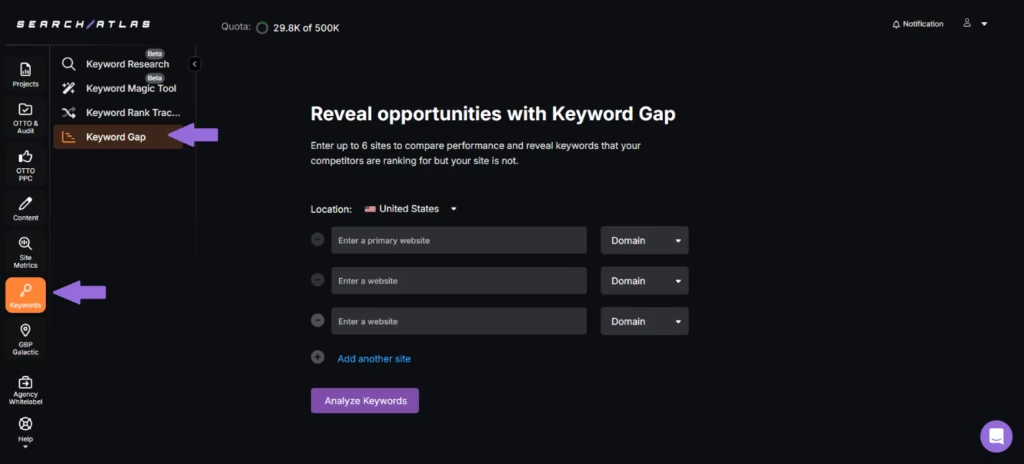
Start by identifying trending topics or content gaps your brand can address. Create high-value content such as reports, data visuals, interviews, or opinion pieces. Use keyword-rich language, clear metadata, and internal links to optimize visibility. Publish these assets on your site as anchor content for outreach.
Highlight insights, surprising data, or actionable takeaways that make your work quotable. For example, a SaaS brand that releases a white paper on software adoption trends with original survey data earns coverage from trade sites and analysts. This visibility boosts authority, secures backlinks, and positions the company as a leading voice in the space.
7. Use Newsjacking for Timely Visibility
Newsjacking inserts your brand into trending conversations or breaking news to earn fast media coverage. By delivering timely insight or expert commentary, your brand becomes a credible voice in high-interest stories. This tactic drives backlinks, boosts visibility, and positions your team as an authoritative source.
Speed defines success in newsjacking. Journalists covering active developments look for quick input and fresh angles. A well-timed pitch earns placements in top-tier publications without long lead times or complex planning. Newsjacking creates fast impact and builds authority through relevance and timing.
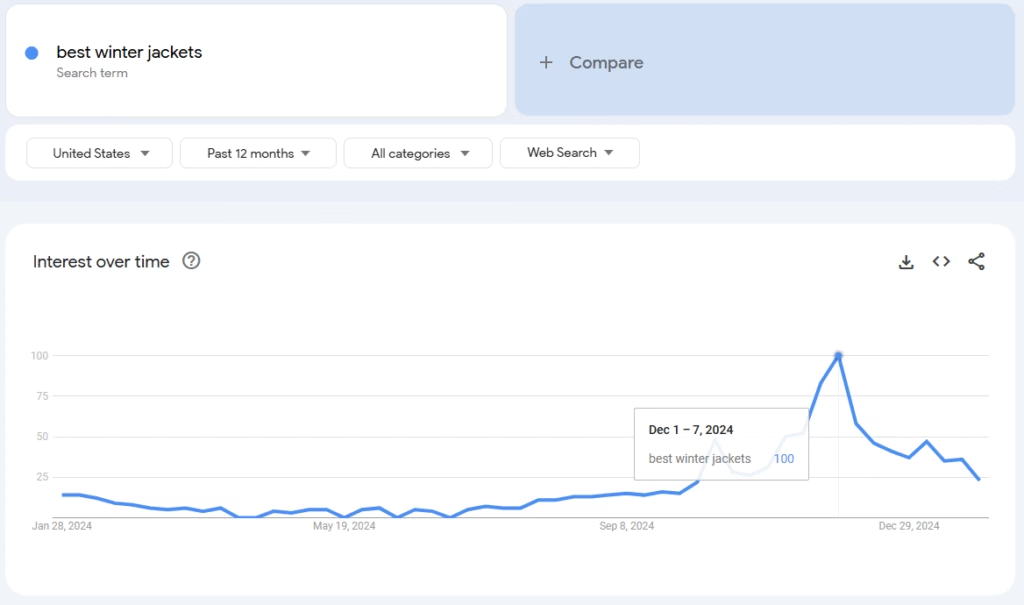
Track Google Trends, Twitter/X hashtags, and news aggregators throughout the day. Spot emerging stories that match your expertise. Build an asset, such as a quote, short blog, or explainer, within hours. Keep the message sharp and clear. Use the Search Atlas Media Contact Database to find active journalists covering the topic. Pitch your angle with a headline-ready quote or unique data point.
To win with newsjacking, act fast and stay on message. Prepare experts in advance and establish a workflow to respond quickly. Editors prefer pitches that arrive early and offer value. Clear, concise input stands out during a fast-moving news cycle and earns high-quality media mentions with SEO benefits.
8. Engage in Guest Blogging
Guest blogging places your brand on authoritative websites in your industry through original, high-value content. This strategy earns backlinks, expands reach, and builds authority with both search engines and real audiences. It positions your team as subject-matter experts and strengthens your presence in targeted communities.
The value of guest blogging lies in its direct visibility and long-term SEO benefits. Each article reaches an audience already engaged in your niche. Each backlink improves domain authority and search performance. Guest blogging connects your voice to platforms that already hold trust and traffic.
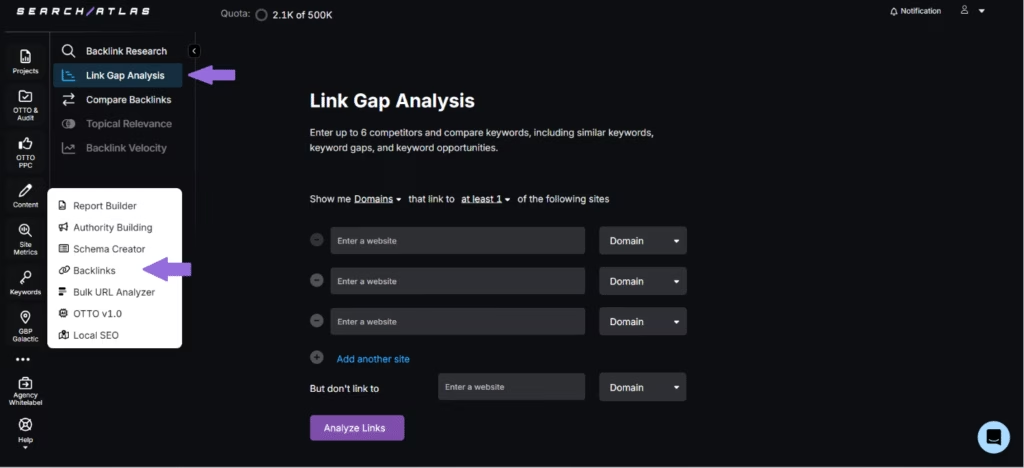
Use Google search operators or the Search Atlas Link Gap Analysis Tool to find sites that publish third-party content. Target blogs that link to competitors or match your vertical. Pitch custom topic ideas that align with each blog’s style and audience. Deliver insightful, original content with natural backlinks. Avoid keyword stuffing or forced links.
Craft an optimized author bio that includes a short brand mention, a link, and credentials. Repurpose the content across LinkedIn, email, or your own blog to maximize reach. Consistent guest blogging builds a track record of authoritative placements. Over time, this approach drives visibility, earns trust, and supports measurable digital PR growth.
9. Promote Content Across Owned Channels
Owned marketing channels deliver low-cost, high-impact amplification for digital PR. These include email newsletters, social media accounts, your blog, and any digital platform under your control. Sharing earned media and content assets across these spaces extends visibility, increases reach, and opens new engagement opportunities without relying on external publishers.
Control defines the strength of owned channels. You decide what to share, how often, and in what format. Promote original research, blog content, or press mentions to reinforce authority and drive consistent traffic. Support each piece with SEO strategies like internal linking and structured metadata to improve rankings.
Share press coverage, articles, or lead magnets through email and social. Use retargeting ads to drive repeat visits. Repurpose PR wins into blog posts, case studies, or FAQ content that holds long-term SEO value.
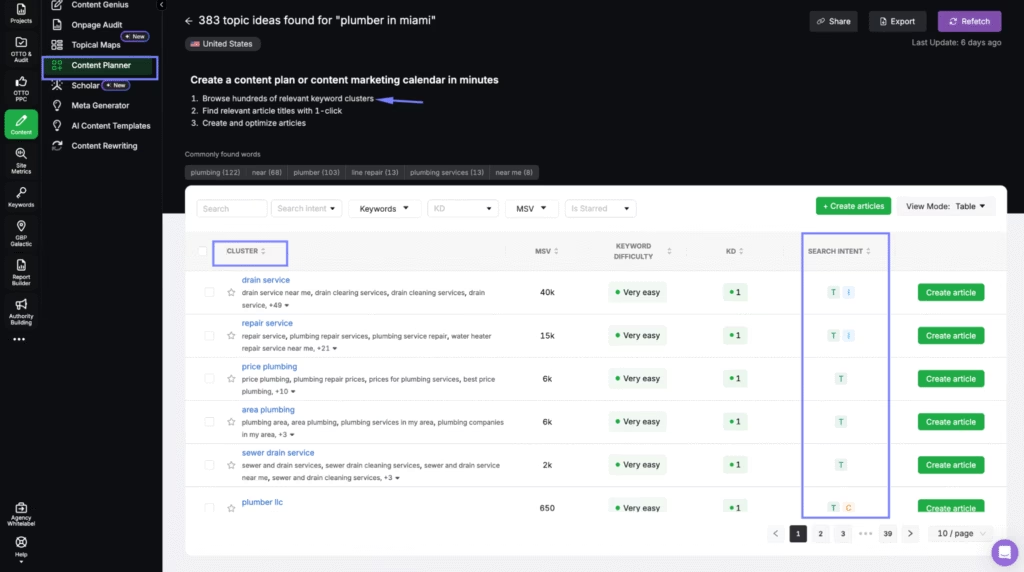
Use the Search Atlas Content Planner to organize ideas and align topics with audience demand. Create internal links between related pages to strengthen authority and signal relevance to search engines.
Track performance using UTM parameters in every link. Monitor what drives results. Use the Search Atlas OTTO SEO Tool to manage this process from one dashboard. Plan, publish, interlink, and measure without switching platforms. OTTO powers consistent execution, turning every owned asset into a performance channel for digital PR.
10. Network with Journalists and Media Contacts
Building strong relationships with journalists drives consistent media coverage and long-term PR success. Reporters prefer sources who offer value, respect deadlines, and understand the topics they cover. Digital PR thrives on connection, not transactions. Reliable communication and relevant input turn your brand into a trusted voice within the media landscape.

Use the Search Atlas PR Outreach to discover journalists from targeted outlets. Reach out through the Inbox Feature, which helps manage and track every conversation. Study each journalist’s past work and social profiles to learn their interests, tone, and coverage style. Engage with their articles. Share them, comment with insight, and mention their reporting in outreach emails.
Only pitch stories that align with their beat. Avoid generic messages. Offer something specific and newsworthy. Track contact history, preferences, and notes using Search Atlas for easier follow-up and personalization.
Provide value before asking for attention. Share data, insights, or commentary without expecting immediate coverage. Build trust through relevance and respect. This approach positions your brand as a resource, not a request. Over time, journalists respond faster, include your input more often, and link back naturally. Relationship-driven PR turns one-time wins into a pipeline of ongoing coverage and authority.
11. Secure Interviews and Expert Commentary Opportunities
Positioning your team as subject matter experts strengthens brand authority across both media and search. Expert commentary builds trust, earns backlinks, and places your voice in respected publications. Journalists seek credible insights. By offering clear, timely input, your team becomes a reliable source for stories that align with your expertise.
Trust defines the value of expert positioning. When journalists quote your leadership, they signal authority to their readers. These quotes often include editorial backlinks and open the door for recurring media opportunities. Your brand gains visibility, your domain earns SEO strength, and your experts build reputational equity.
Respond fast with a short bio, relevant credentials, and one or two precise, data-backed quotes. Tailor your response to match the journalist’s angle or audience expectations. Ask for a backlink to your homepage or a related page.
Share published articles across email, blog, and social media to amplify results. Prepare in advance by building a media-ready bio and collecting approved quotes or data sets. Fast, relevant responses make the difference. Clear commentary, expert framing, and immediate delivery win attention and secure lasting placements.
12. Monitor and Manage Online Reputation
The online reputation of your brand shapes how users and search engines evaluate authority and trust. A strong digital PR strategy includes active reputation monitoring to manage sentiment, respond to feedback, and guide public perception in real time. Visibility alone does not build trust—credibility comes from consistent engagement and response.
Reputation management builds brand resilience. Positive reviews, earned media, and public feedback raise credibility and increase the likelihood of media references. Journalists and content creators gravitate toward brands that maintain transparency, handle criticism well, and engage consistently across platforms.
Track brand mentions, reviews, and backlinks across blogs, news sites, and social channels. Detect misinformation or negative sentiment early and issue professional, direct responses. Ask satisfied customers or partners to leave honest reviews on platforms like G2, Trustpilot, or Google Reviews. Collect strong reviews and display them on a press or testimonial page on your website. Share earned media and endorsements across social and email to reinforce brand authority.
What Are Real World Examples of Digital PR Strategies?
Successful digital PR campaigns demonstrate the power of creative storytelling, strategic media outreach, and authentic audience engagement. Digital PR examples showcase different approaches to earning media coverage, building brand awareness, and generating valuable backlinks through innovative content and strategic partnerships.
Spotify Wrapped (Spotify)
Spotify Wrapped turns listener data into a viral cultural moment. Each year, Spotify visualizes user habits into personalized stories, transforming stats into social-ready content. Users rush to share their top songs, minutes listened, and unique genre breakdowns.
The campaign trends across social platforms and earns widespread coverage from music, tech, and marketing outlets. Journalists highlight global listening trends and viral moments, generating thousands of backlinks and editorial stories.
Spotify Wrapped blends design, emotion, and data into a storytelling engine. It delivers personal value to users and editorial value to publishers. The campaign proves creative data use earns attention and drives engagement.
Dove’s “Real Beauty” Campaign
Dove’s Real Beauty campaign challenged traditional beauty norms through bold, purpose-driven storytelling. The brand launched videos, social initiatives, and research reports that promoted body positivity and representation.
The campaign earned significant coverage from lifestyle publications, news outlets, and marketing blogs. Media focused on Dove’s message of authenticity and social impact. Backlinks followed from trusted sources across beauty, health, and advocacy sectors. Dove avoided gimmicks and instead anchored its campaign in real values.
The strategy built deep emotional connection and positioned Dove as a brand with integrity. Real Beauty proved that meaningful, consistent messaging powers both media coverage and brand loyalty.
“The UK’s Ugliest Dog” (Rise at Seven)
Rise at Seven promoted a pet brand through a lighthearted digital PR campaign searching for the UK’s ugliest dog. The concept combined humor, visuals, and emotion to engage media outlets and readers.
Journalists picked it up quickly, generating over 100 backlinks and widespread coverage from national and regional news sites. Pet blogs and lifestyle platforms extended the story’s reach. Social shares and comments added viral momentum. The campaign succeeded with minimal spend by focusing on originality and relatability.
The strategy proved that unique, entertaining content attracts editorial attention and builds strong backlink profiles that boost SEO and brand visibility.
What Are the Differences Between Digital PR and Traditional PR?
Traditional PR spreads messages through mass media like print, radio, and television. Traditional PR focuses on general exposure, often with high costs and limited performance tracking. The traditional PR approach builds visibility through reach.
Digital PR targets online platforms such as blogs, podcasts, and news sites. Digital PR delivers content tailored for engagement, tracks every result, and adapts based on performance data. The digital PR approach builds measurable outcomes through relevance. It increases brand authority, supports SEO, and achieves long-term marketing results with precision and lower cost.
What Are the Differences Between Digital PR and Link Building?
Link building focuses on acquiring backlinks to boost search rankings. Link building uses outreach emails, guest posts, and placements with limited storytelling. It drives short-term SEO impact.
Digital PR earns backlinks by creating content journalists want to feature. Digital PR approach centers on newsworthiness, value, and audience relevance. It delivers sustained value, combining brand awareness, credibility, and link equity. It turns content into media coverage and backlinks that support authority, search growth, and meaningful visibility across trusted publications.
How to Build a Sustainable Digital PR Strategy?
Digital PR focuses on building scalable systems, not chasing quick wins. One viral story or backlink doesn’t create lasting success—consistency does. Campaigns that thrive rely on audience insights, newsworthy storytelling, strategic outreach, and clear goals.
This guide outlines essential strategies: defining objectives, crafting strong content, optimizing outreach, and tracking performance. These steps form a repeatable framework for SEO, visibility, and authority.
Use Search Atlas to streamline creation, outreach, and tracking, helping marketers build connections and drive long-term impact with efficiency and precision.
Try Search Atlas for free and see how structured digital PR drives results that last.


